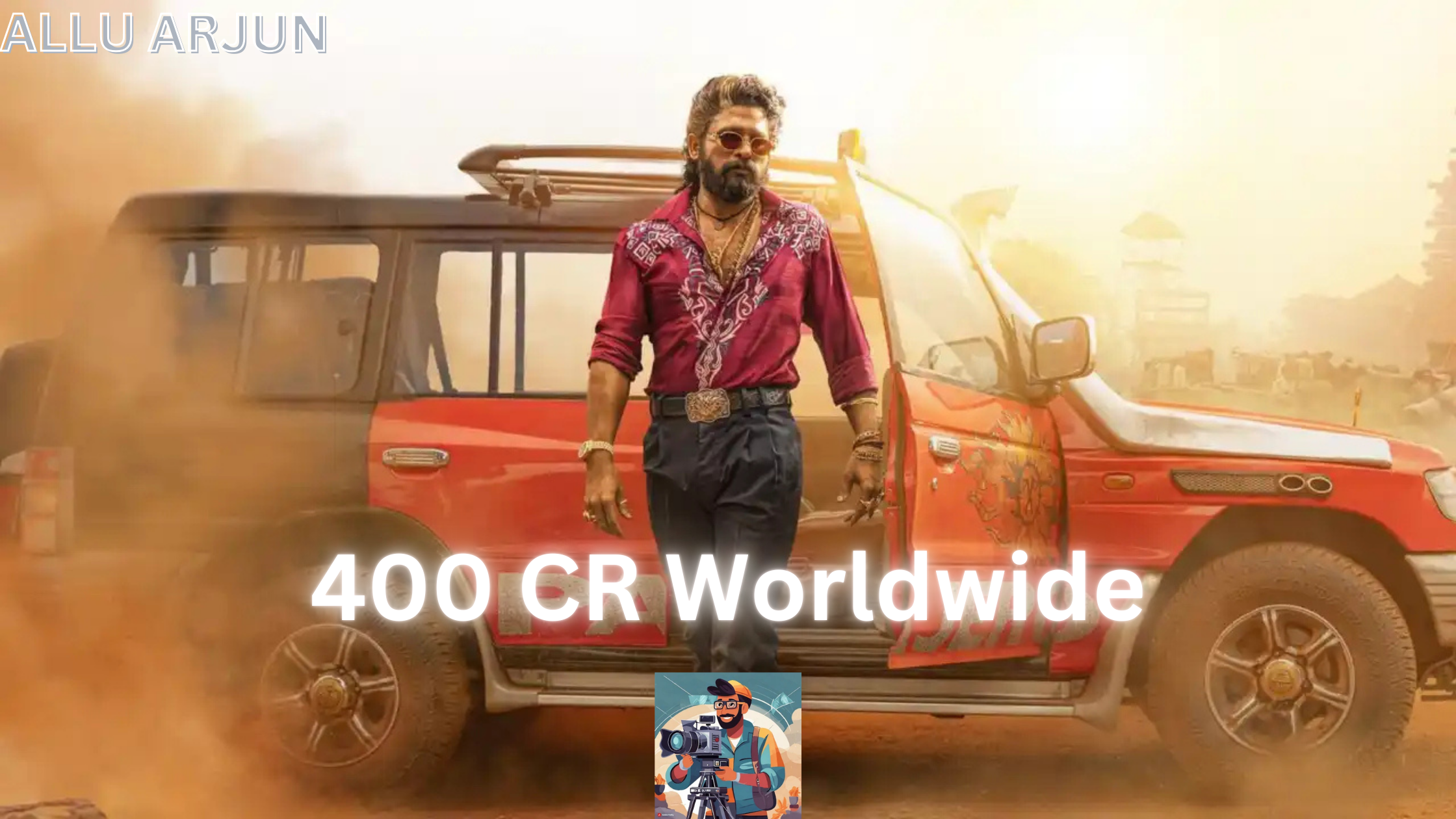Filmmakers have debated this for years. The discussion began when large sensor DSLRs were first introduced, offering unprecedented image quality to a wider audience.
Suddenly, everyone could achieve shallow depth of field in high resolution—a look that was previously exclusive to movies shot on 35mm film.
In this fleeting era, the term “cinematic” became closely associated with shallow depth of field.
Attach a telephoto lens, widen the aperture completely, press record, and voila – a cinematic shot, or so many filmmakers believed.
However, it wasn’t long before the internet was inundated with countless “cinematic” videos that missed the mark entirely. While they achieved shallow depth of field, the aesthetic had become commonplace.
At this juncture, shallow depth of field was more prevalent in YouTube content than in actual feature films. Many filmmakers of the latter category were content to utilize deep depth of field where it served the narrative.
As the newer generation of filmmakers began to realize this, they pondered: what truly defines something as cinematic if not depth?
Before long, the next trend emerged: 3-axis gimbals.
For the first time, DIY filmmakers could achieve smooth tracking shots akin to those of a steadicam operator. Predictably, filmmakers fell into the same trap, assuming this was the magic formula and subsequently overusing it.
Then came drones.
This cutting-edge technology promised to bring Hollywood-level aerial cinematography to the masses. Yet, it primarily resulted in an influx of overhead shots in wedding videos.
We’ve witnessed this cycle repeat time and time again. A new technology emerges, enabling filmmakers to replicate shots reminiscent of blockbuster films. However, once this technology becomes ubiquitous, the allure fades.
This phenomenon has led many filmmakers to argue that the “cinematic look” is a myth. They posit that if it cannot be defined by the tools used, it simply doesn’t exist.
That’s one perspective.
Mine differs.
I firmly believe that the cinematic look does exist.
However, I also believe that the only tool capable of achieving it is the mind.
Because there is only one thing truly essential to the cinematic look:
Any project with genuine artistic intent has the potential to transcend into cinema. Period.
A pitch-black screen accompanied by masterful sound design can be cinematic.
A found footage film shot on an antiquated DV cam can be cinematic.
A shoestring-budget production devoid of camera movement can be cinematic.
It’s not about the techniques employed. Nor is it about the amount of money invested…
There are countless multimillion-dollar films on streaming platforms that lack cinematic qualities.
Conversely, there are exceptional zero-budget short films circulating online that exude cinematic essence.
The distinguishing factor is intention.
True artistry manifests through deliberate choices in storytelling, casting, cinematography, editing, music, and myriad other elements that intersect harmoniously.
These components coalesce into something greater than the sum of their parts, elevating the experience into what we recognize as cinematic.
So, for anyone in need of a reminder… The answer isn’t found on B & H or Amazon. It resides within your own mind.
Intend to create art, and the cinematic aspect will naturally follow suit.

















